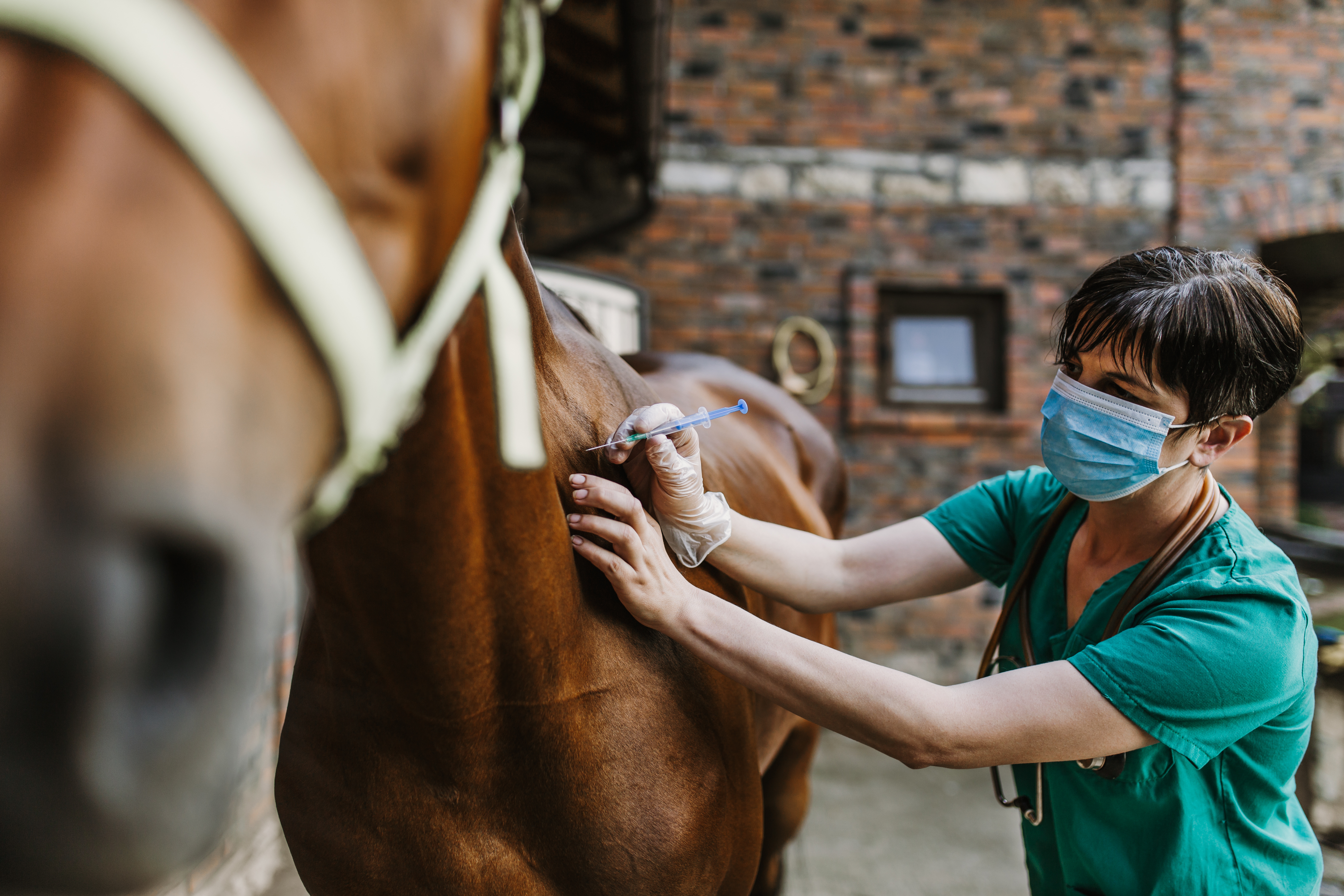Horse ownership comes with a myriad of costs, from feed and veterinary bills to equipment and stable maintenance. But one often-overlooked expense that can significantly impact horse owners is the presence of thrush.
Thrush is a common fungal infection that affects the hooves of horses, causing discomfort and potential lameness if left untreated. In this article, we will explore three key cost considerations that horse owners should be aware of when dealing with thrush.
By understanding the economic impact of this common condition, horse owners can better prepare for the financial implications it may bring.
1. Veterinary Costs for Treating Thrush in Horses

Veterinary costs for treating thrush in horses can vary significantly depending on the severity of the infection and the chosen treatment approach. Typically, the cost of vet visits, medications, and specialized treatments can add up quickly, putting a strain on horse owners budgets.
In severe cases, horses may require ongoing treatment and monitoring, leading to even higher expenses. It is important for horse owners to carefully consider the financial implications of managing thrush in their horses and to work with their veterinarians to develop a cost-effective treatment plan that prioritizes their horses health and well-being.
2. Loss of Income and Productivity Due to Thrush

The loss of income and productivity due to thrush in horses can have a significant impact on horse owners. Thrush, a common fungal infection of the hooves, can cause lameness and discomfort in horses, leading to decreased performance and potential time off from work or competition.
This loss of income can be especially challenging for those who rely on their horses for income, such as trainers, breeders, or those who offer riding lessons. In addition to the financial strain, the decrease in productivity can also take an emotional toll on horse owners who may feel frustrated or helpless in trying to manage and treat the condition.
It is essential for horse owners to take proactive measures to prevent and treat thrush in order to maintain the health and well-being of their horses and minimize the economic impact of this common hoof ailment.
3. Expenses for Preventative Measures and Treatment for Thrush in Horses

The expenses involved in preventing and treating thrush in horses can vary greatly depending on the severity of the infection and the chosen methods of treatment. Horse owners may need to invest in regular farrier visits for proper hoof trimming, specialized thrush treatments such as medicated hoof soaks or topical ointments, as well as potential veterinary consultations and prescribed medications.
Additionally, preventative measures such as keeping stalls clean and dry, providing proper hoof care, and implementing dietary changes to promote overall hoof health can also incur added costs. Overall, horse owners should be prepared to budget for these necessary expenses to effectively manage and prevent thrush in their equine companions.
Conclusion
In conclusion, it is evident that thrush can have a significant economic impact on horse owners due to the costs associated with treatment, potential loss of use, and decreased value of affected horses. However, by implementing effective Thrush Prevention measures such as regular hoof cleaning, proper stable management, and timely veterinary care, horse owners can reduce these financial burdens and ensure the health and well-being of their equine companions. Ultimately, education on thrush prevention and early intervention can help horse owners save money and safeguard their horses from the detrimental effects of this common hoof ailment.




